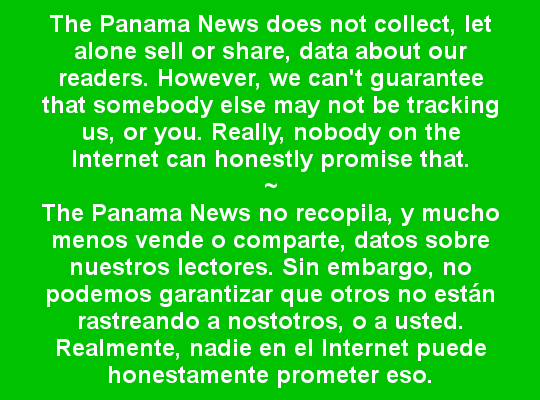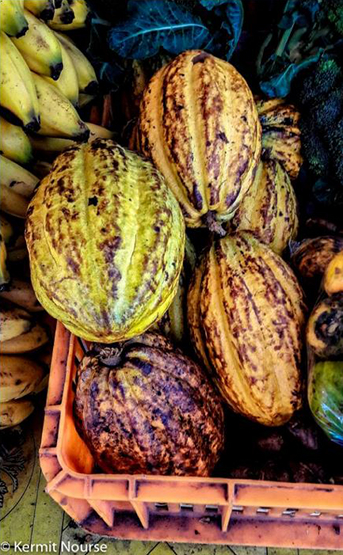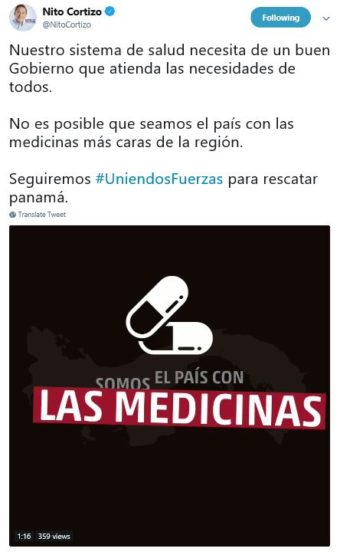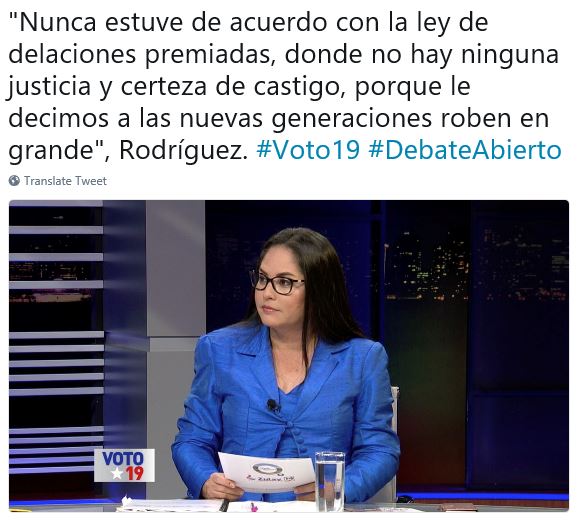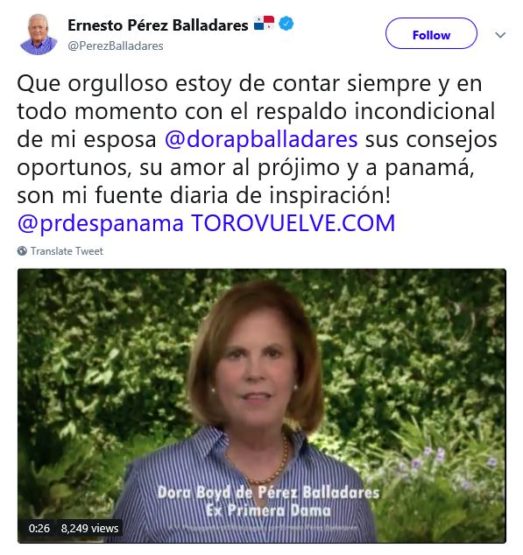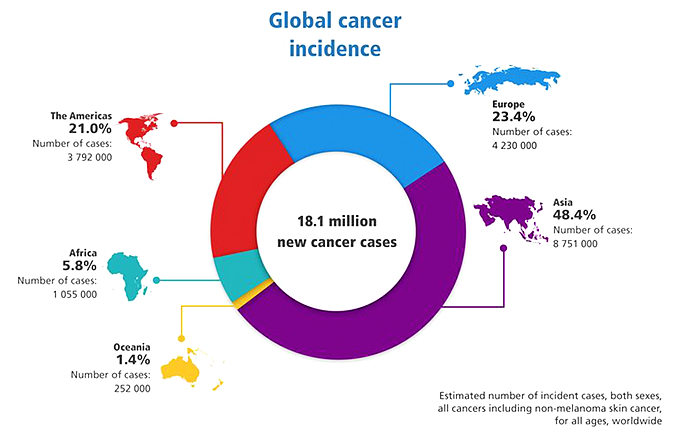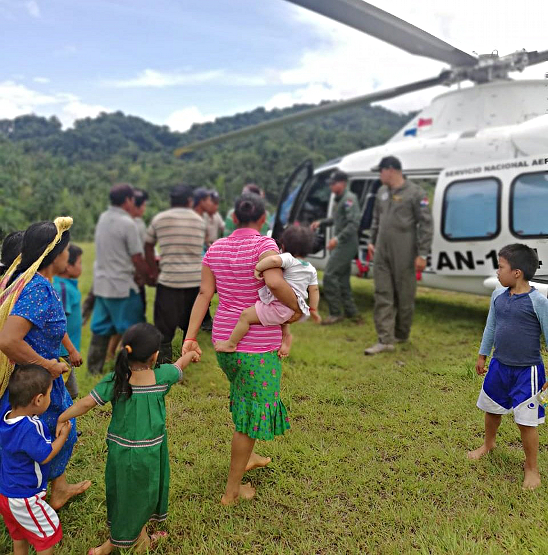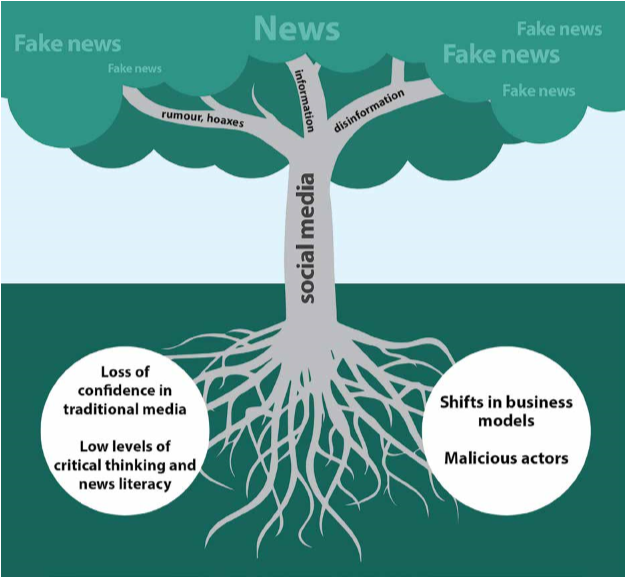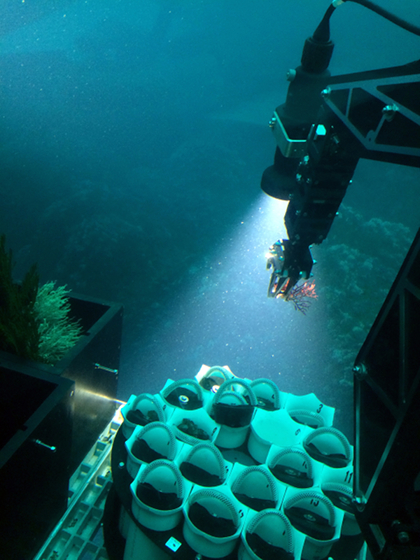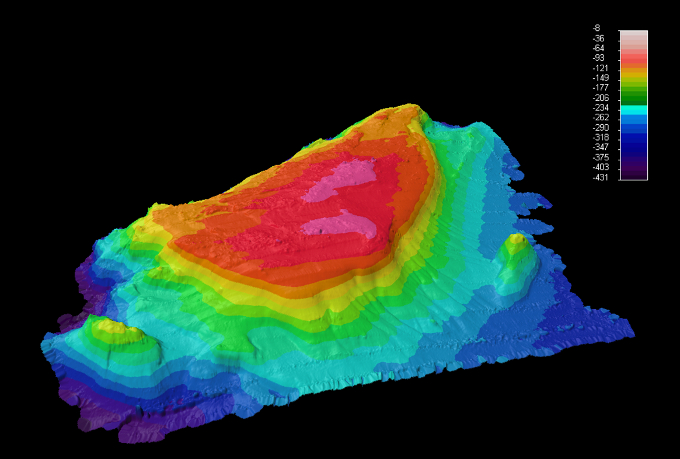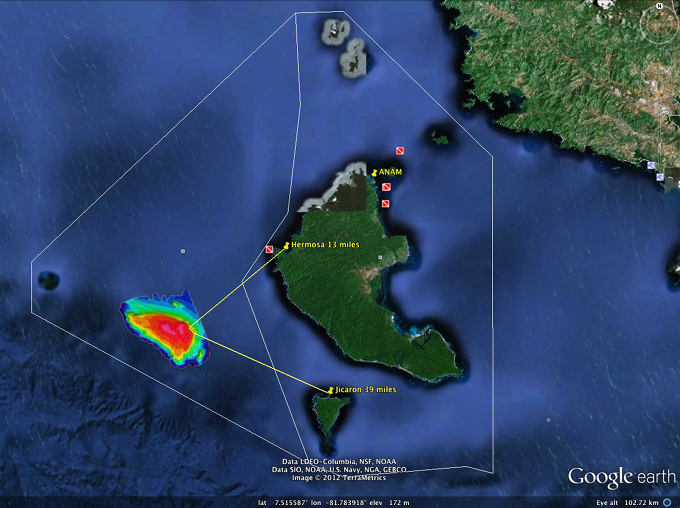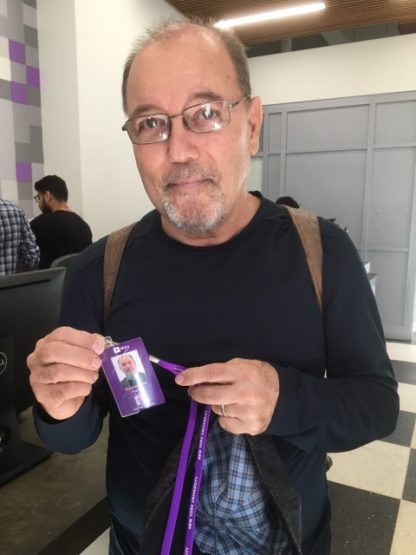
Rubén Blades nombrado académico en residencia de la Facultad de Steinhardt en la Universidad de Nueva York
por NYU Steinhardt
La Escuela de Cultura, Educación y Desarrollo Humano –NYU Steinhardt- anunció el jueves, 13 de septiembre que Rubén Blades, músico ganador de 17 premios Grammy, actor, activista, abogado y político panameño nominado para tres Emmys, servirá como académico en residencia inaugural del la facultad de NYU Steinhardt. Comenzará el 29 de octubre con una animada y profunda discusión retrospectiva de su carrera con el Profesor Carlos Chirinos en el NYU Skirball Center en la ciudad de Nueva York.
Rubén Blades discutirá su legado como activista por el cambio social a lo largo de su carrera musical, artística y política, que incluye un mandato de cinco años como Ministro de Turismo de Panamá y una candidatura a la presidencia de la República de Panamá. Esta conversación continua la retrospectiva de su carrera presentada en el film “Yo No Me Llamo Rubén Blades” del Director Panameño Abner Benaim que explora la vida y carrera de Blades, y se inauguró el mes pasado en los cines en América Latina.
Durante su paso por NYU-Steinhardt, Rubén Blades se reunirá con estudiantes y profesores para promover y fomentar la diversidad en la educación superior, y promover ideas de cambio social a través de la música a través de programas académicos, eventos, e iniciativas de investigación. Los compromisos iniciales de Blades incluirán conectarse con candidatos para doctorados en el programa Faculty First-Look de NYU Steinhardt, un mecanismo para capacitar, preparar y reclutar más profesores de color para la educación superior- y discutir estrategias para usar la investigación y la práctica artística para promover el cambio social; compartir sus experiencias con los estudiantes en el aula; y conectar a los estudiantes con artistas que reflejan el futuro de la música latina.
El nombramiento de Blades ayudará a elevar aún más la voz de la comunidad latina y la población estudiantil en la Universidad de Nueva York, que ha visto un aumento del 14 por ciento en la clase de primer año 2018 de NYU Steinhardt.
“Estoy entusiasmado con la oportunidad de promover el valor de la música como instrumento de cambio social con la comunidad de NYU Steinhardt. Tener información y no compartirla es malgastar el conocimiento y para mi, será un privilegio conectar con estudiantes que sienten pasión por las causas en las que creen. Espero que mis experiencias puedan ayudar a los estudiantes y otros miembros de la comunidad de NYU a considerar las implicaciones más amplias de la desigualdad en América Latina y el resto del mundo, y como avanzar ideas para el bien social”, dijo Blades.
Blades es un ícono cultural al que se le atribuye uno de los discos de salsa más vendidos de todos los tiempos, “Siembra” (con Willie Colón), y ha sido un defensor de la igualdad y los derechos humanos a lo largo de su carrera. Sus canciones relatan las experiencias de la comunidad latinoamericana que viven en condiciones sociales y económicas injustas; Blades también ha buscado activamente reducir la pobreza a través de estrategias que incluyen el emprendimiento y el desarrollo comunitario.
La movida para traer a Rubén Blades a NYU Steinhardt estuvo encabezada por el Profesor Carlos Chirinos, director del Laboratorio de Música y Cambio Social de NYU Steinhardt -una incubadora de empresas sociales multidisciplinarias diseñada para impulsar la innovación social a través de la música- y la Decana Asociada para Desarrollo de la Facultad y Diversidad, Stella M. Flores.
“Estamos encantados de que Rubén se una a NYU Steinhardt”, dijo Dominic J. Brewer, el Decano de NYU Steinhardt. “Es un verdadero ícono que sintetiza las realidades sociales y políticas a través de la música para conectarse e influir por igual en el público más joven y mayor”. Rubén activamente promueve su pasión por servir a su comunidad para crear un cambio político real, lo cual es un mensaje que resuena fuertemente con la comunidad de NYU Steinhardt”.
“Rubén ha dedicado todo su repertorio de canciones a abordar problemas sociales en América Latina. Su experiencia y producción artística ayudarán a nuestros estudiantes a entender cómo la música puede ayudar a crear conciencia y movilizar al público para tomar medidas para el cambio social”, dijo Chirinos, profesor asociado de música y salud global en NYU Steinhardt.”
~ ~ ~
Estos anuncios son interactivos. Toque en ellos para seguir a las páginas de web





